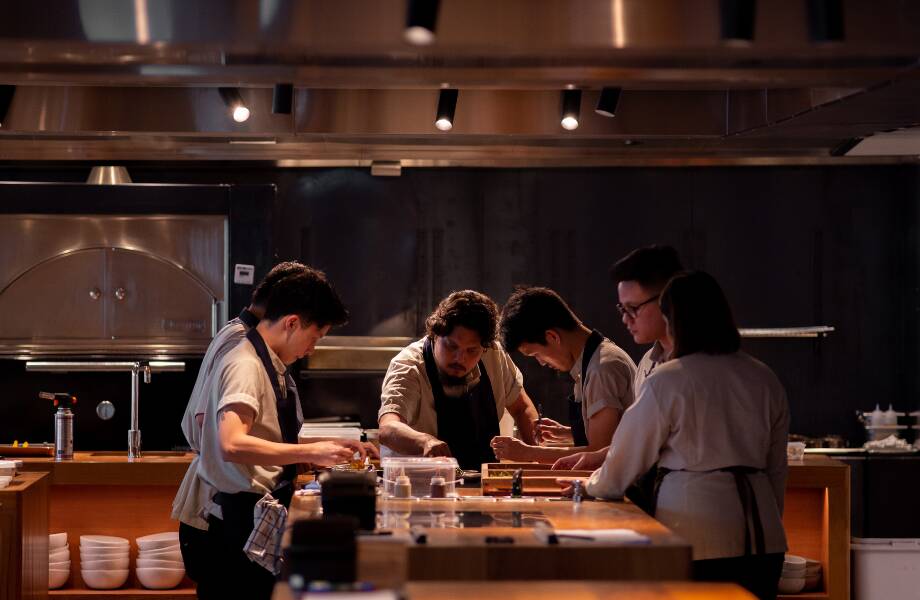China Explained is a RADII series breaking down the basics about Culture, Innovation and Life in the country today. Click through for previous posts on shared bikes, Singles’ Day, and what goes down in one minute on the Chinese internet, and check out our first China Explained video below.
Though China’s culinary scene is endlessly diverse, the chili is a central, potent symbol for many of the country’s regional cuisines, lending heat to dishes in Sichuan, Hunan and beyond. Scientists in southwest Yunnan province even claim to have invented the world’s hottest pepper.
But the chili pepper is not Chinese. In fact, there were no chili peppers to be found in Chinese food, nor anywhere outside the Americas, until the first chilis were brought over by Spanish traders and explorers at the end of the 1400s. In our first China Explained video, we break down how the chili came to China, how early Chinese traders in the Americas subsequently influenced Mexican cuisine, and why the chili pepper can be seen as an early icon of globalized cultural (and culinary) exchange.
—
You might also like:
Haidilao: From a Humble Hotpot Restaurant to a Global Chain, via Manicures and Noodle DancesArticle Aug 30, 2018
“A Bite of China” Director Launches Mouthwatering New Food Documentary SeriesArticle Nov 08, 2018
10 of the Best (and Worst) Chinese Food Trends of 2018Grab a plate and chow down on our food highlights from the past yearArticle Dec 10, 2018



















